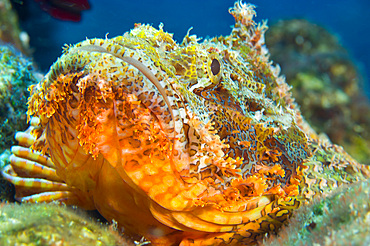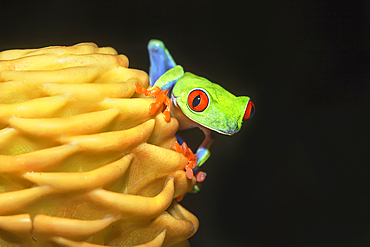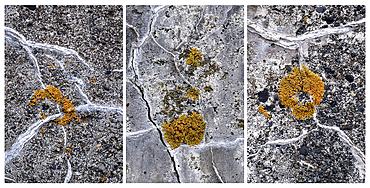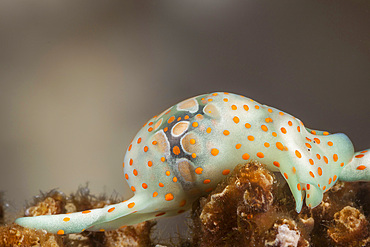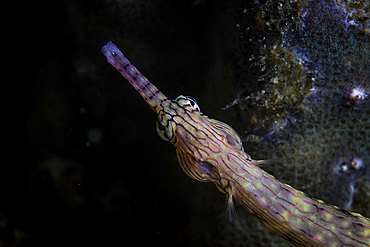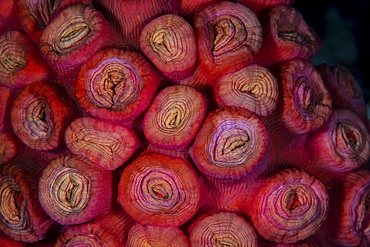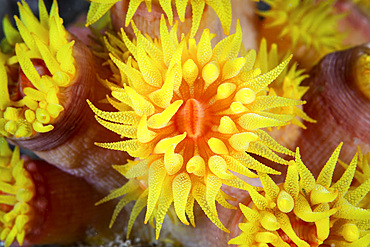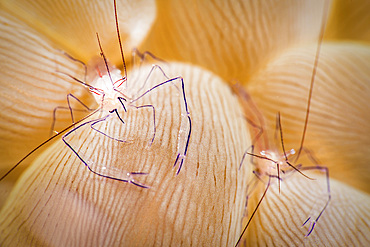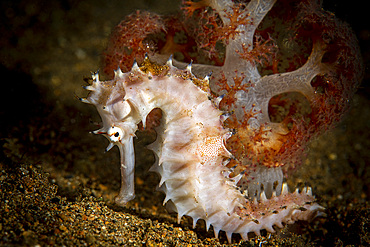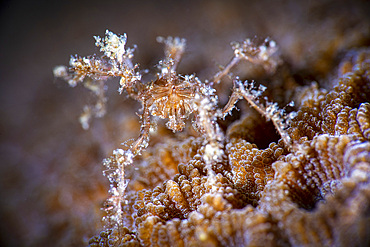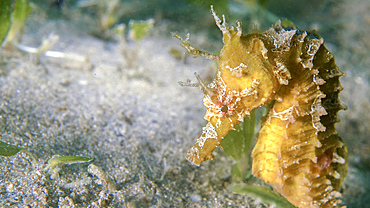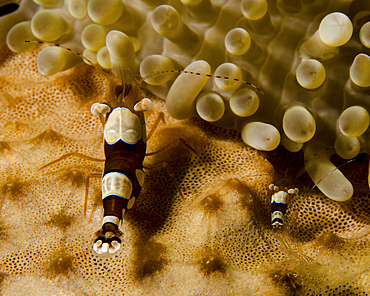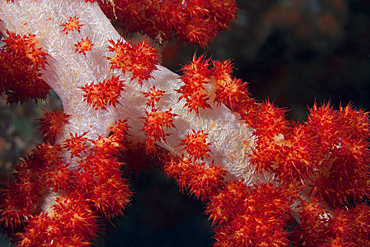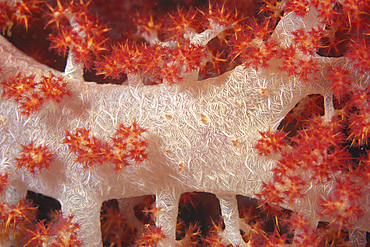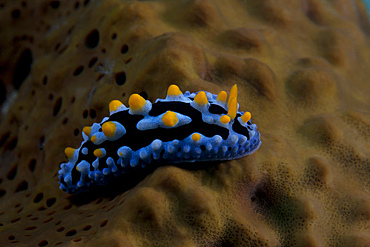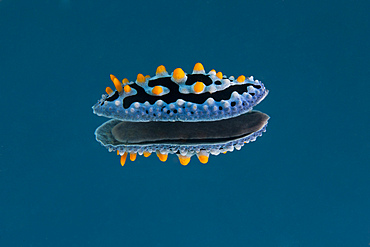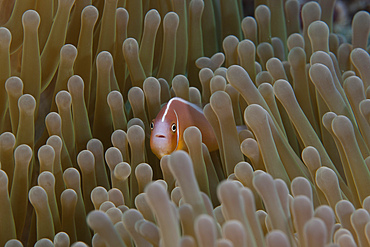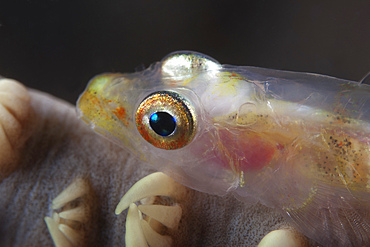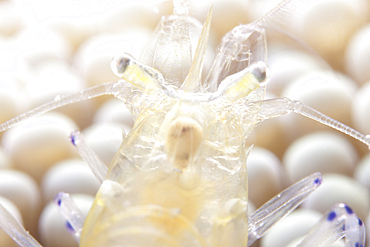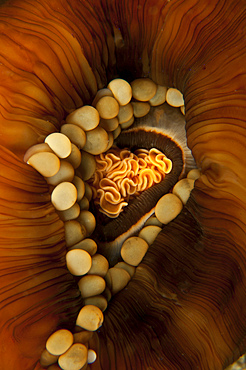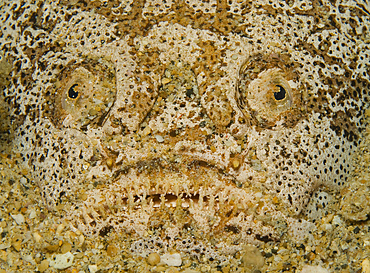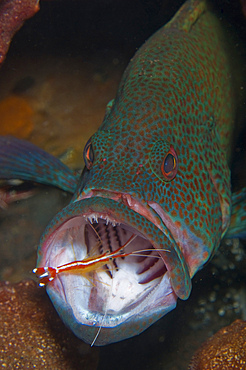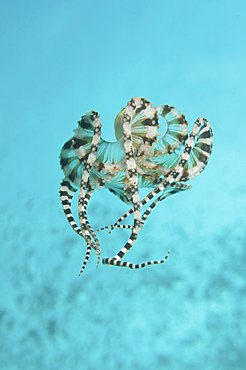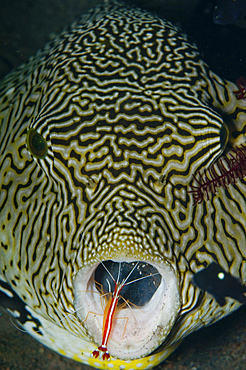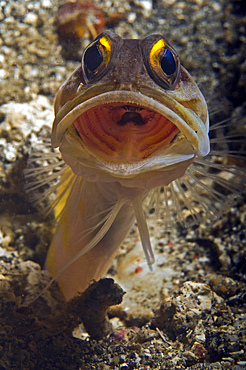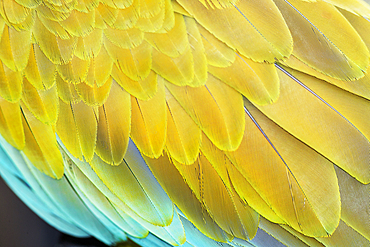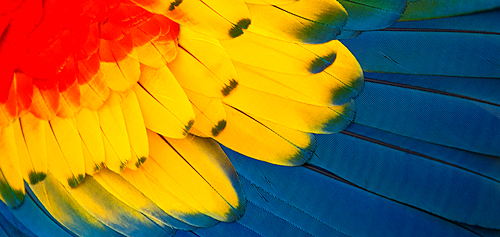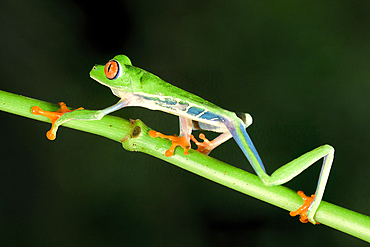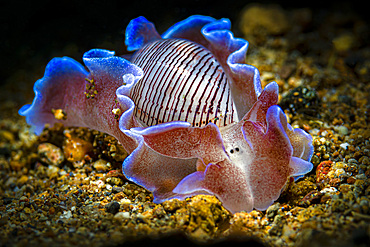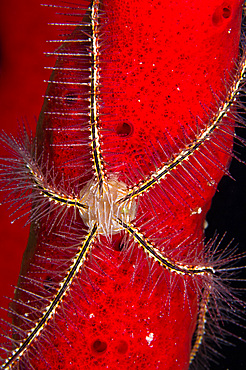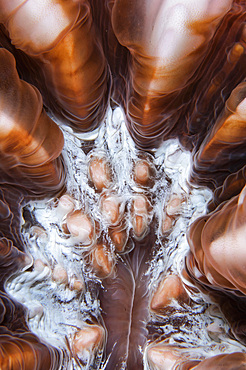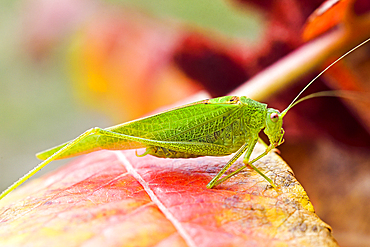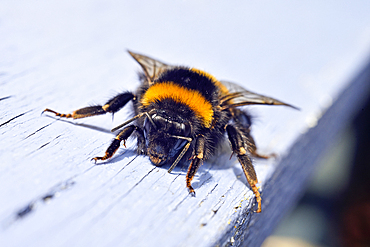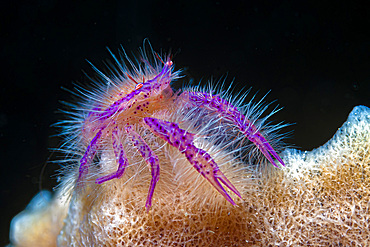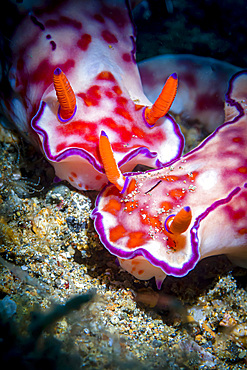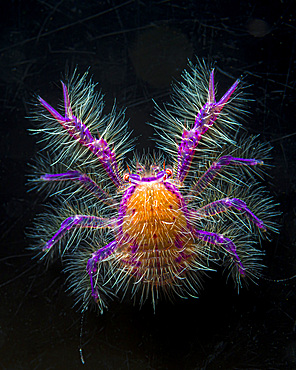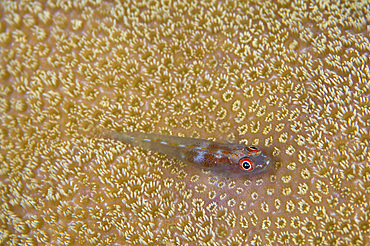Results
22 results found
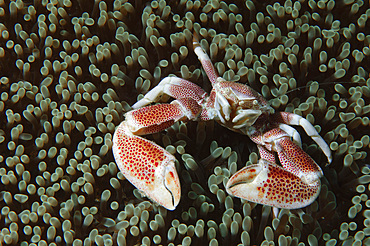
Spotted porcelain crab (Neopetrolisthes maculatus) in anemone, Gorontalo, Sulawesi Indonesia, Southeast Asia, Asia
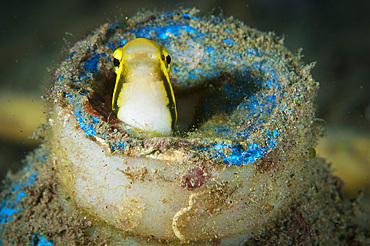
Short-head sabretooth (fang) blenny (Petroscirtes breviceps), peering from a discarded plastic bottle, Gorontalo, Indonesia, Southeast Asia, Asia
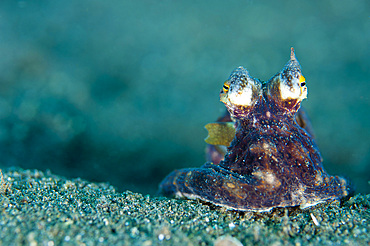
A Coconut Octopus (Amphioctopus marginatus), a species that gathers coconut and mollusk shells for shelter, Lembeh Strait, Sulawesi, Indonesia, Southeast Asia, Asia
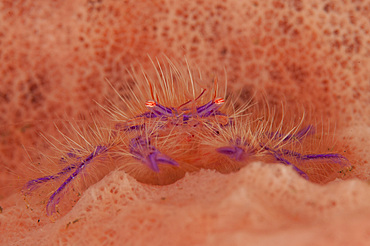
Hairy squat lobster (Lauriea siagiani) amongst a pink and orange colored sponge, Tulamben, Bali, Indonesia, Southeast Asia, Asia
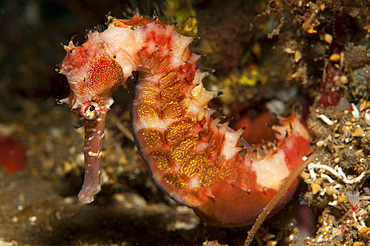
Thorny seahorse (Hippocampus histrix), side view, red and pink with yellow markings, Tulamben, Bali, Indonesia, Southeast Asia, Asia
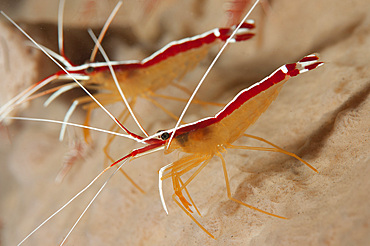
A pair of white striped cleaner shrimp (Lysmata amboinensis), Tulamben, Bali, Indonesia, Southeast Asia, Asia
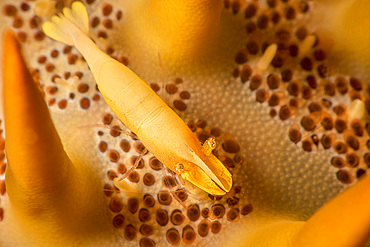
Sea star shimp (Periclimenes soror), on a crown-of-thorns starfish (Acanthaster planci), Yap, Micronesia, Pacific
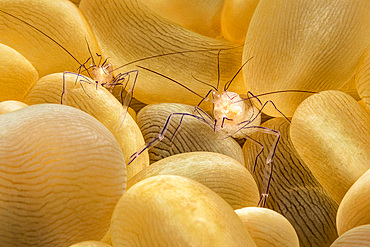
Bubble coral shrimp (Vir philippinensis) on bubble coral (Plerogyra sp.), Philippines, Southeast Asia, Asia

A close-up of the underside of the crown-of-thorns starfish (Acanthaster planci), United States of America, North America
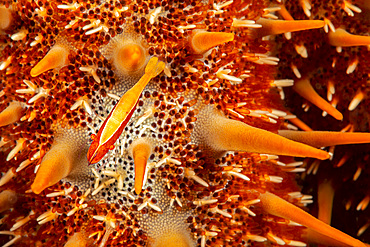
A sea star shimp (Periclimenes soror), swims through a forest of spines on the back of a crown-of-thorns starfish, Micronesia, Pacific

A pajama nudibranch (Chromodoris quadricolor) attempts to climb up the side of a sea cucumber, Philippines, Southeast Asia, Asia

A thorny seahorse (Hippocampus histrix) uses effective camouflage to blend into its surroundings on the seafloor of Lembeh Strait, Indonesia.
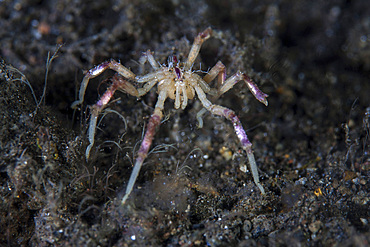
A pycnogonid, or sea spider, crawls along the mucky seafloor of Komodo National Park, Indonesia. This tropical region in Indonesia is known for its spectacular coral reefs and high marine biodiversity.

Detail of a mushroom coral (Fungia sp.) on a reef in Komodo National Park, Indonesia. This tropical region in Indonesia is known for its spectacular coral reefs and high marine biodiversity.

A colorful nudibranch (Nembrotha kubaryana) crawls slowly across a reef near the island of Sulawesi, Indonesia. This beautiful, tropical region is home to an incredible variety of marine life.
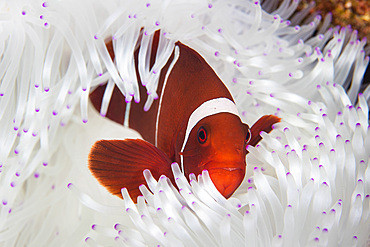
A spine-cheeked anemonefish (Premnas biaculeatus) swims among the tentacles of its host anemone in Wakatobi National Park, Indonesia.
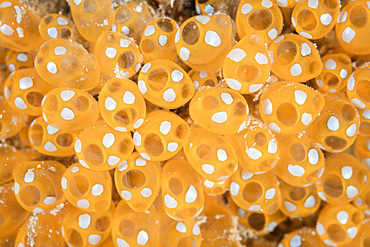
Colony of tunicates grow on a reef in Wakatobi National Park, Indonesia. This remote region is known for its incredible marine biodiversity and gorgeous reefs.
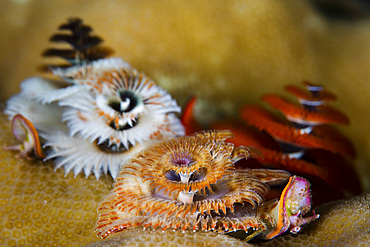
Christmas tree worms (Spirobranchus giganteus) grow on a coral reef in Wakatobi National Park, Indonesia. This remote region is known for its incredible marine biodiversity and gorgeous reefs.
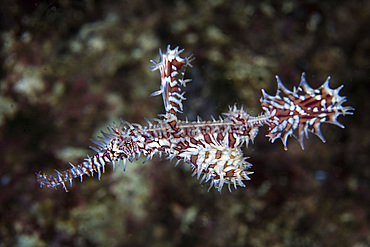
An ornate ghost pipefish (Solenostomus paradoxus) hovers above a coral reef in Raja Ampat, Indonesia. This remote, tropical region is home to extraordinary marine biodiversity.

Acoel flatworms cover a coral colony on a reef in Raja Ampat, Indonesia. This remote, tropical region is home to extraordinary marine biodiversity.

Detail of a mushroom coral (Fungia sp.) on a reef in Raja Ampat, Indonesia. This remote, tropical region is home to extraordinary marine biodiversity.
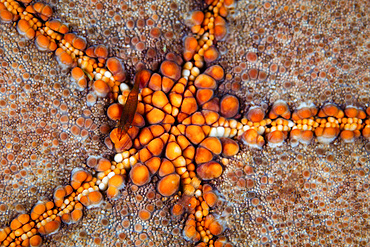
A tiny shrimp (Periclimenes soror) lives on a pin-cushion starfish in Raja Ampat, Indonesia. This remote, tropical region is home to extraordinary marine biodiversity.
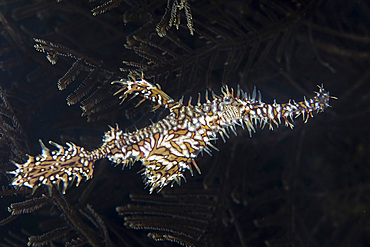
An ornate ghost pipefish, Solenostomus paradoxus, hovers near a hydroid on a reef in Raja Ampat, Indonesia.
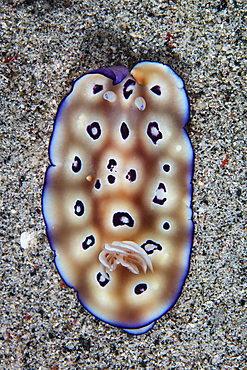
A colorful nudibranch, Hypselodoris tryoni, crawls across a sandy sea floor in Komodo National Park, Indonesia. This tropical area in the Lesser Sunda Islands is known for both its amazing marine biodiversity as well its infamous dragons.
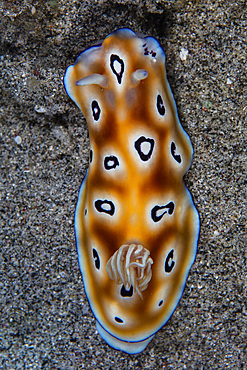
A colorful nudibranch, Hypselodoris tryoni, crawls across a sandy sea floor in Komodo National Park, Indonesia. This tropical area in the Lesser Sunda Islands is known for both its amazing marine biodiversity as well its infamous dragons.
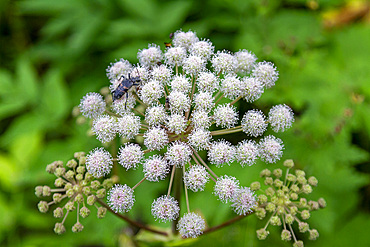
A close up view of a beetle on hogweed (Heracleum spp) found in the Solovetsky Islands, Arkhangelsk Oblast, White Sea, Russia, Arctic, Europe
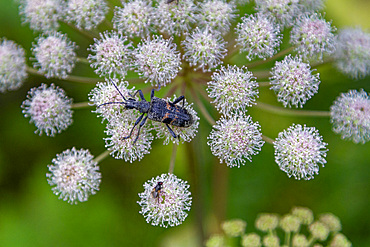
A close up view of a beetle on hogweed (Heracleum spp) found in the Solovetsky Islands, Arkhangelsk Oblast, White Sea, Russia, Arctic, Europe

Macro photograph of a spider (Order Araneae) in the Galapagos Island Archipelago, UNESCO World Heritage Site, Ecuador, South America

Macro photograph of a spider (Order Araneae) in the Galapagos Island Archipelago, UNESCO World Heritage Site, Ecuador, South America

Fungus on tree trunk, Pyrddin Gorge, Pontneddfechan, Neath Valley, South Wales, United Kingdom, Europe
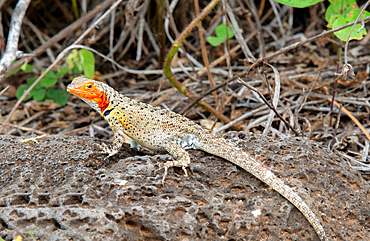
Lava Lizard (microlophus) on Floreana island, Galapagos, UNESCO World Heritage Site, Ecuador, South America

1 cm yellow tube polyp captured at 4.5x life size with what appears to be a small macroscopic Isopod feeding on it, Bonaire, Caribbean Netherlands.
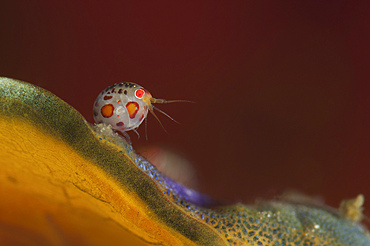
Ladybug amphipod, Cyproidea species, side view, taken at Cannibal Rock, Komodo National Park, Indonesia.
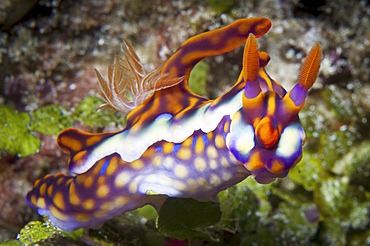
Yellow-Ridged Ceratosoma (Ceratosoma flavicostatum) nudibranch, head on view, Komodo National Park, Indonesia.
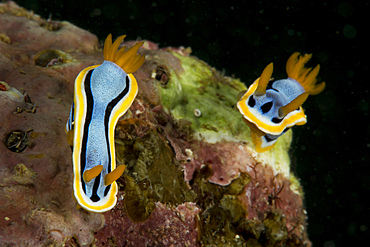
Pair of Chromodoris annae nudibranch with brilliant blue and yellow skirt, crawling over green and pink coral, Anilao, Batangas, Philippines.
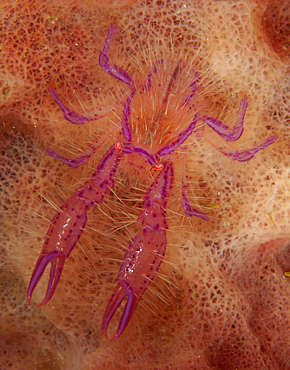
Pink hairy squat lobster (Lauriea siagiani) inside a pink barrel sponge, Lembeh Strait, Bitung, North Sulawesi, Indonesia.
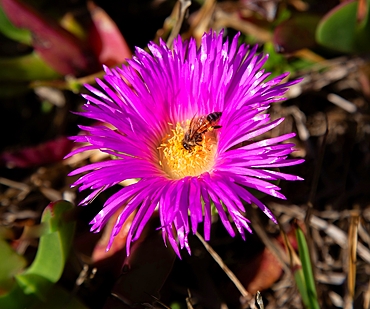
Hottentot fig (Carpobrotus edulis) flower, South African succulent plant now found in Europe, Australia and the Americas, Bermuda
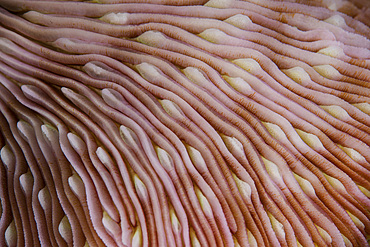
Detail of the texture on a mushroom coral (Fungia sp.) growing in Wakatobi National Park, Indonesia. This remote region is known for its incredible marine biodiversity and gorgeous reefs.

A small red starfish clings to coralline algae in Wakatobi National Park, Indonesia. This remote region is known for its incredible marine biodiversity and gorgeous reefs.

A translucent shrimp (Vir philippinensis) crawls on bubble coral in Wakatobi National Park, Indonesia. This remote region is known for its incredible marine biodiversity and gorgeous reefs.
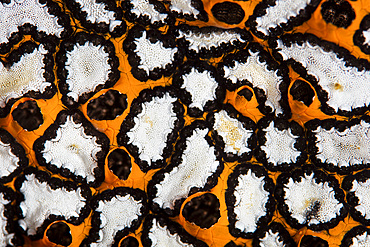
Detail of a colonial tunicate growing on a reef in Raja Ampat, Indonesia. This remote, tropical region is home to extraordinary marine biodiversity.
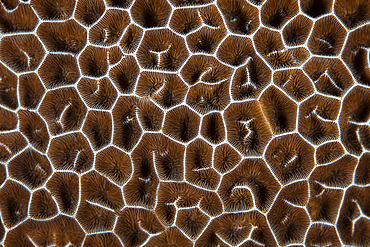
Detail of a coral colony in Raja Ampat, Indonesia. This remote, tropical region is home to extraordinary marine biodiversity.

Vibrant sea cucumbers, tunicates, hydroids, and other invertebrates cling to a reef in Raja Ampat, Indonesia.
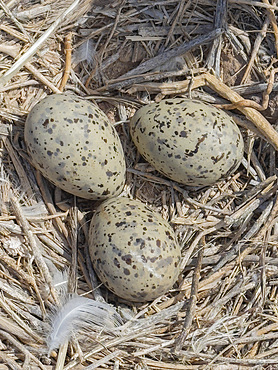
Yellow-footed gull (Larus livens), eggs in nest on Isla Coronado, Baja California Sur, Sea of Cortez, Mexico, North America
